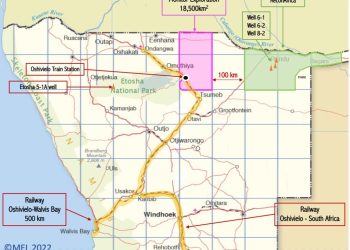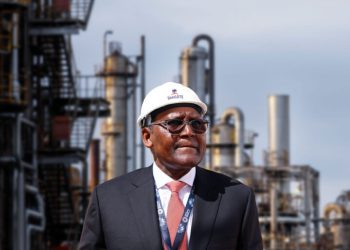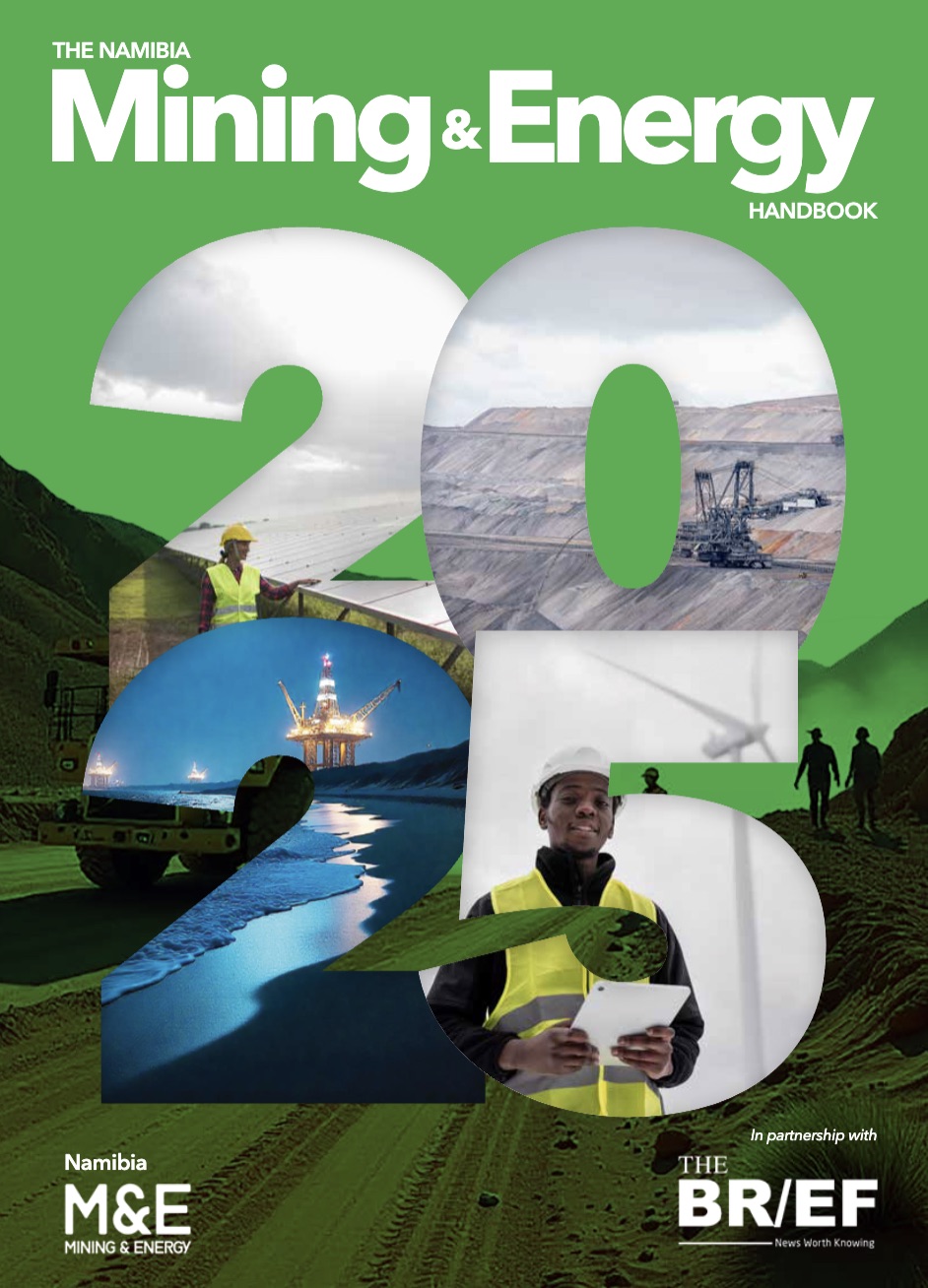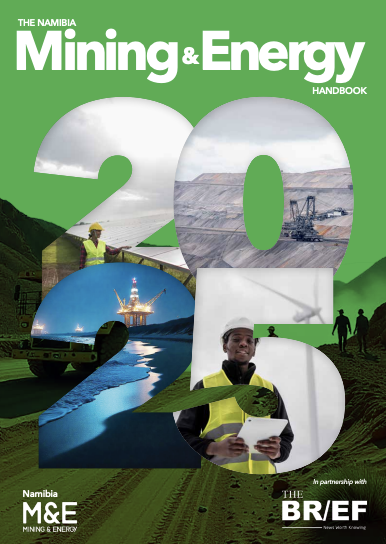
Namport is proceeding with plans for a large-scale oil and gas supply base in Lüderitz, with the initial phase of the project expected to require capital expenditure exceeding N$4 billion.
According to Namport Chief Executive Officer Andrew Kanime, the tender for Phase One is scheduled to be launched in the third quarter of this year, as Namibia shifts from offshore oil exploration to full-scale field development.
“Up until now, we’ve only been supporting the exploration and appraisal phases. But once the industry decides that it’s definitely viable to proceed with the development of those oil fields, everything changes,” Kanime told Namibia Mining & Energy.
The move to development will significantly increase the volume of construction materials imported through the port, placing strain on the existing infrastructure.
“That’s why we now need to expand the port infrastructure… Currently, the berth is shared among different industries. But once oil field development starts, they’ll need a dedicated berth,” Kanime said.
As part of the expansion, Namport plans to extend the current berth by at least 500 metres—300 metres of which will be designated specifically for the oil and gas industry, with the remaining 200 metres to serve other sectors.
The project also includes the reclamation of 14 hectares of land from the sea to accommodate increased logistics needs. The reclaimed area will primarily serve as a short-term storage zone for cargo related to oil field development.
“Any material that needs to be stored for longer than 48 hours shouldn’t remain inside the port. Only materials that need to be turned around within 48 hours and sent to the oil field will be kept there,” said Kanime. “The Port of Lüderitz is very small and boxed in… The only way to create more space is by reclaiming land from the ocean.”
Kanime confirmed that the environmental and heritage studies required for the project have been finalised and are now awaiting regulatory approval.
“These studies will be presented to the community and then submitted to relevant authorities, including the Environmental Commissioner and the National Heritage Council, for approval,” he said.
Phase Two of the development will see Namport appoint an external operator to run the supply base. This operator will be required to invest in essential infrastructure such as heavy-lift cranes and warehousing facilities.
“We want to appoint an operator that will come and manage that oil and gas supply base… We are not going to manage it ourselves. They would then need to come and manage that base in exchange for doing those investments,” Kanime explained.
Phase Three will only be initiated if a second oil operator proceeds to a Final Investment Decision (FID), or if additional offshore activity takes off.
Kanime said the development of the Lüderitz port forms part of a broader strategy to decentralise oil and gas activity and ensure regional participation in the country’s emerging petroleum sector.
“Because oil fields are closer to Lüderitz, we want to ensure that development is spread across the various regions… That’s why Lüderitz has been identified as the hot spot,” he said, adding that the Port of Walvis Bay will continue to provide complementary support to the industry.
The planned investment is expected to position Lüderitz as a key logistics hub for Namibia’s offshore oil and gas operations and enhance the country’s readiness for the anticipated energy boom.







